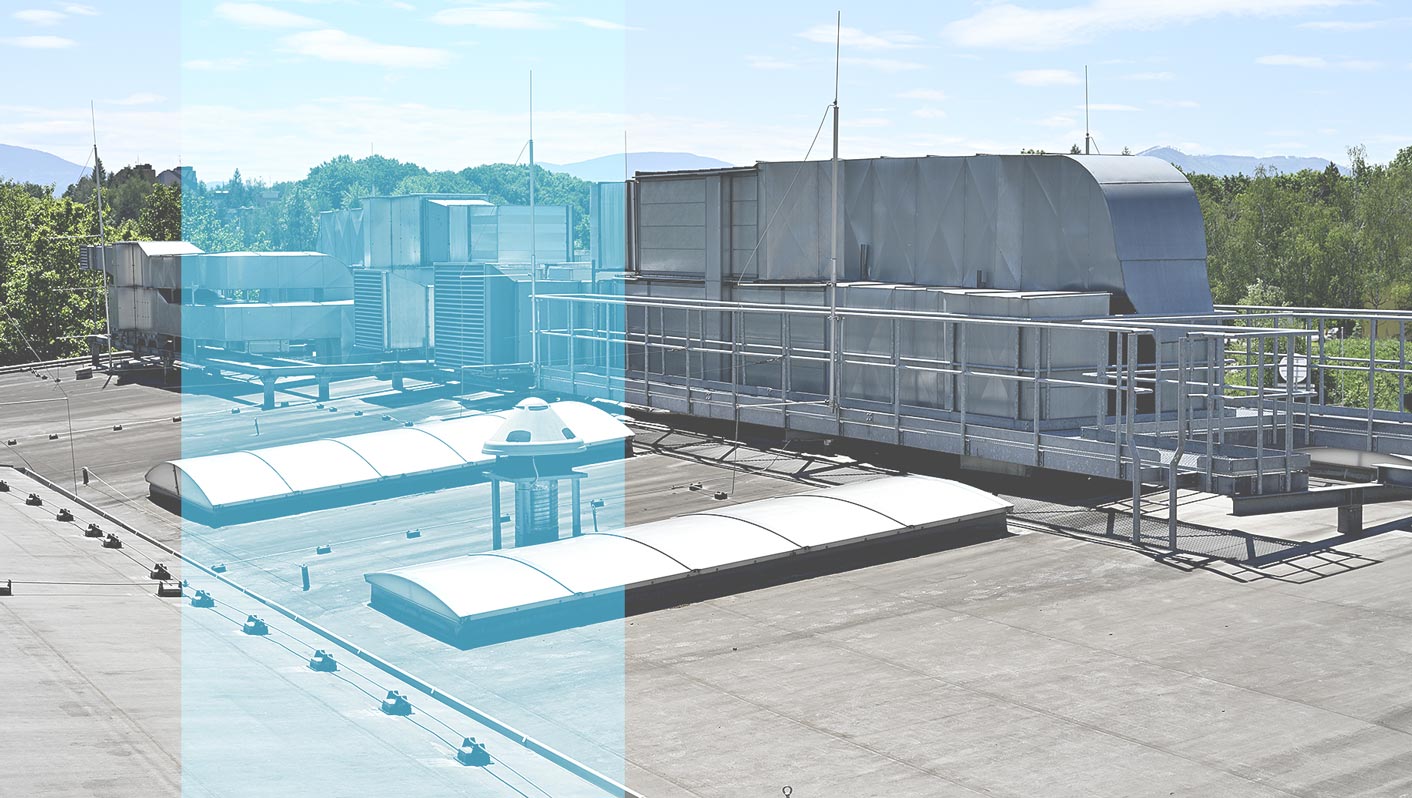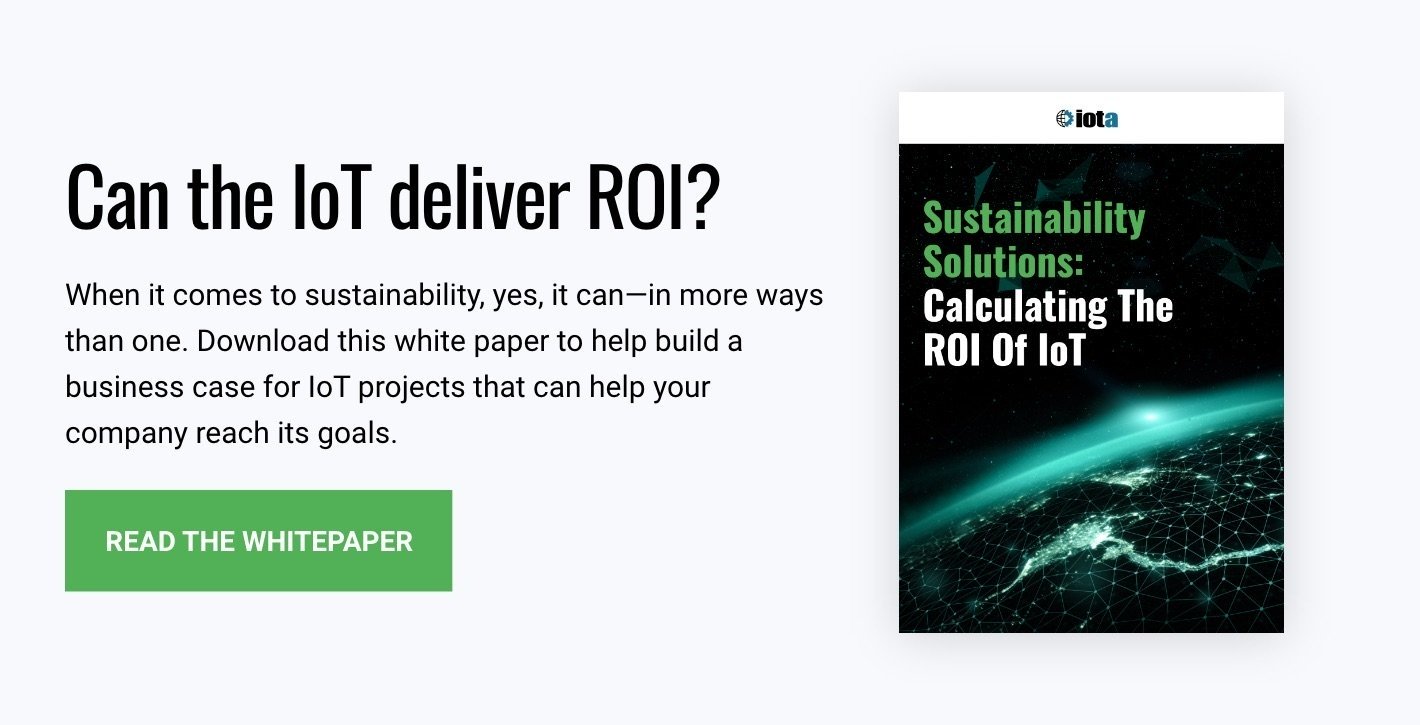Whether or not your organization is inclined to embrace new technology, it’s hard to ignore the allure of the Internet of Things (IoT), which has the potential to impact customer experience, logistics, and everything in between. It’s also proving to be a crucial component of sustainability, an area of growing priority for business leaders. In fact, the IoT has been identified as a “game-changer” for sustainability by the World Economic Forum, which notes that 84% of existing IoT deployments address at least five areas of the U.N.’s sustainable development goals, including good health and well-being and responsible production and consumption.
Even though an increasing number of businesses leverage the IoT as part of their sustainability strategy, there remains a definite need to be able to demonstrate the benefits of doing so. Thirty-five percent of businesses view finances as a barrier to sustainability, making it imperative to gain buy-in from stakeholders.
We’ve seen it time and time again with our customers: When the IoT is used effectively, the results are always greater than the resources they invested. This article explores some concepts surrounding the return on investment (ROI) of the IoT, and offers a resource that will help you quantify the financial benefit of your investment.
IoT ROI: Bottom Line Benefits & Beyond
Unlike many traditional IT investments, the IoT has far-reaching potential that could touch numerous aspects of company operations, thus having a broader, deeper impact. As such, it warrants a different way of looking at business outcomes—one that includes both tangible and intangible benefits. To accurately represent the value of sustainability-related IoT projects, organizations need to approach ROI from this multidimensional perspective.
[bctt tweet=”Unlike many traditional IT investments, the IoT has far-reaching potential that could touch numerous aspects of company operations, thus having a broader, deeper impact.” username=”iotacomm”]
Bottom-line Savings
One clear benefit of instantaneous, continuous data-gathering is that it provides a way to measure and quantify results.
For example, energy use is the largest component of sustainability; it is also readily measurable with IoT sensors. Rather than measuring energy use at a single point in time, IoT sensors continuously monitor your energy consumption in a dynamic process, giving you quantifiable numbers you can use to show an actual reduction. Even a minimal reduction in building ventilation—just a couple of hours per day—could potentially reduce energy use by 38%, with a payback period of 2.5 years.
Taking calculations one step further, that reduction can even be translated into environmental impact in terms of carbon offset and air pollution reduction, giving both investors and customers a way to “see” how sustainability efforts are making a difference. (That in itself will produce additional long-term ROI in terms of customer loyalty and investor interest.)
Data-driven Decision-making
Having all that IoT data at your fingertips produces insights about your facility and operations that lead to more intelligent decisions. Datafication is the process of translating operations that were once seemingly invisible into data, then transforming it into insights to create value.
For example, consider an IoT application intended to reduce your facility’s energy consumption. Your building’s operations depend on multiple parallel processes happening both inside and outside your building, all of which must be examined in relation to one another before significant insights can be gleaned. In the case of energy consumption, a number of data points should be considered in combination—including your energy usage patterns, utility time of use charges, cyclical or seasonal factors, etc.—to determine the most impactful course of action.
Advanced analytics platforms simplify this type of data blending. Having the right data variables—collected, correlated, and analyzed by the IoT—produces key advantages around your company’s ability to compete, allowing you to derive valuable insights that often lead to the formulation of new business models.
Want more talking points? Download our free whitepaper.
To get more information about the ways in which your IoT investment will pay off, download our free whitepaper, Sustainability Solutions: Calculating The ROI Of IoT. It covers two additional ROI components you can use to build your case, and includes ROI calculations for a sample IoT project related to energy reduction. You can use it all to gain buy-in, and get started on the road to becoming a more sustainable business today. Download the whitepaper now.


